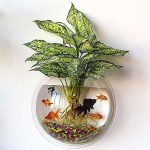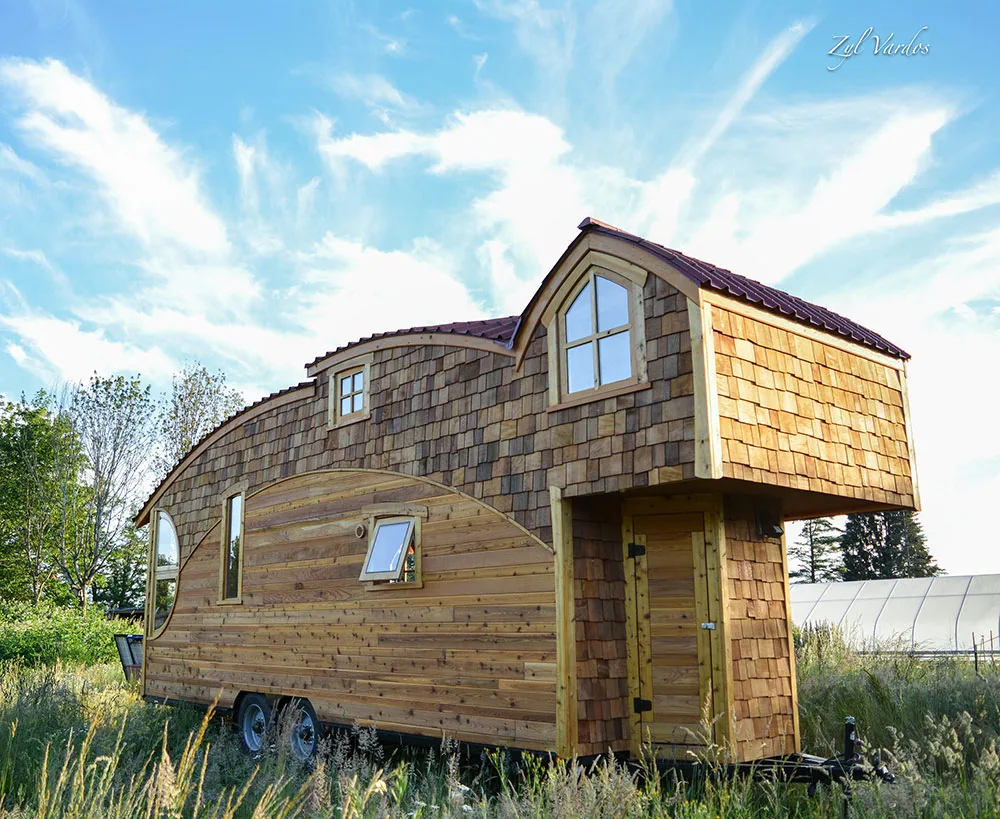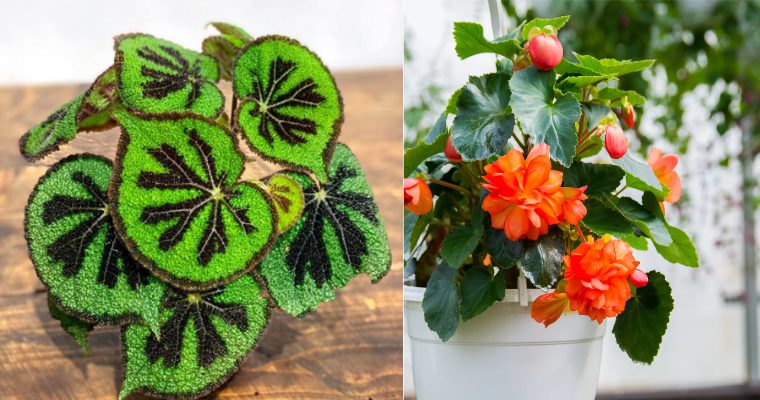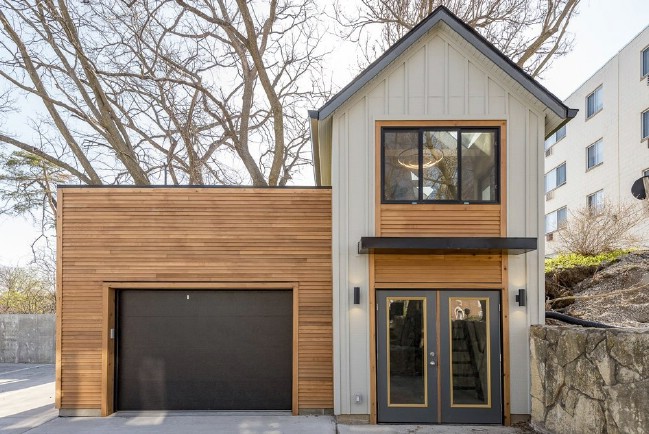Most plants thrive in soil—some, however, can actually begin their life cycle in water, through a process called propagation. According to Gary Pilarchik of The Rusted Garden, this method results in a clone of a parent plant. “You take cuttings from an established herb or vegetable plant and place the cuttings in water,” he explains. “The cutting will send out roots. Eventually, you can plant the rooted cuttings outdoors—and they will mature into exact clones of the original plant.”

CREDIT: GETTY / ELVA ETIENNE
This is also an inexpensive way to expand your garden, notes Tonya Barnett of FRESHCUTKY Cut Flower & Vegetable Garden. “Vegetative plant propagation through cuttings is an essential skill which allows home gardeners to multiply their favorite plants, as well as continue to beautify their green space on a limited budget,” she shares. Ahead, we share tips from our garden experts to help you master this gardening method.

The Benefits
Used to starting seedlings in soil? That’s not the only route to take, and there are a myriad of benefits to growing plants in water. It’s a simple, straightforward process—which means any gardening novice is up to the task—that requires very few resources: All you need is water and plant cuttings, Barnett says. What’s more, water propagation takes up less space and allows you to watch the development of the roots. Do keep in mind, however, that bacterial and fungal growth can occur in the propagation jars. To combat this issue, Pilarchik recommends adding one teaspoon of hydrogen peroxide in eight ounces of fresh water.

The Method
To properly propagate plants in water, begin by picking out a clean jar or vase (Barnett recommends using glass). It is then best to take cuttings from healthy plants that have not yet bloomed. “While stems with flowers can be propagated, the blooms will first need to be removed, as they can deplete the plant of much needed energy,” she adds.
Wear gloves and use a sharp knife or a pair of garden shears to cut six inches up from the base of the plant’s stem, just below the leaf node. Once you’ve made your cut, Barnett says to remove any excess foliage. In general, Pilarchik notes, most cuttings should be about four inches long; two inches of the stem should be submerged in the water. Keep your cuttings indoors while they establish, as “the regulated temperature of a home will prevent stress and allow them to focus on rooting,” adds Pilarchik.Growing Your Plants
Your cuttings will grow best on a windowsill with bright, indirect sunlight. “Six to eight hours of sun is perfect to continue photosynthesis and support the plant,” Pilarchik shares. “Water should be changed once or twice a week, but it is most important to add water when the level drops and exposes roots to the air.” While it varies based on the species, you will typically begin seeing root after five days’ time; at most, plants take up to four weeks to establish. “Plants should be removed and potted into a soil mixture when new roots reach a length of roughly one inch,” Barnett says. “Water each new planting well, and then, return it to the windowsill or begin the hardening off process.”

The Best Plants to Grow
“Before attempting to propagate plants in water, it is best to research whether or not this technique will be a viable option for the specific species in question,” Barnett advises. Most tropical plants can be propagated; she adds that coleus, begonias, and pelargoniums are best for gardeners who want to overwinter a few species.
Pilarchik adds that tomatoes and basil are particularly good for propagation. “A water propagated tomato cutting or clone can save you six to eight weeks in getting a new plant to maturity,” he says. “In gardens with a short growing season, this is a great benefit. Basil can be slow to germinate or run into other issues when planted as seeds. Planting a clone allows you to avoid these issues, and the plant will establish and develop more quickly.” To propagate a tomato plant in water, he says to remove the “tomato sucker,” which grows between the main stem and leaf. Remove this cutting when it is two to four inches tall. As for basil? He says to cut three to four inches of the stem below the leaf node. Place these cuttings in water and you should see them begin to root by seven days at most. These plants can then be placed in the soil when the root clusters are one to two inches long.


























